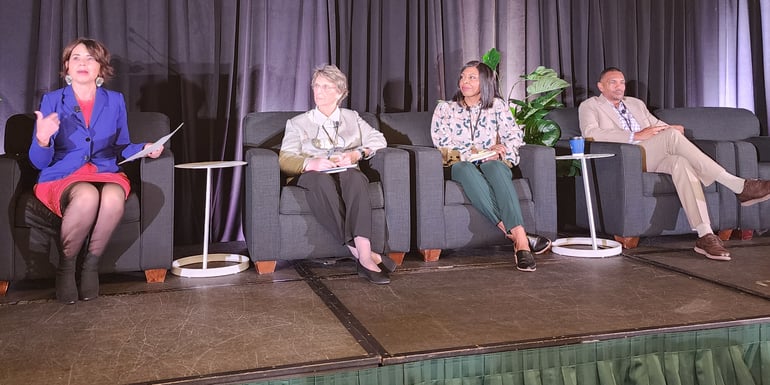After reopening the government, Congress has given themselves until January 30 to finalize funding decisions, including how much to invest in child care and early learning programs. We’re encouraged to see the government shutdown finally come to an end—this is a step forward and affirms the direction child care advocates have been pushing for. With federal agencies reopening, critical funding for programs like SNAP, WIC, and Head Start should begin flowing again.
These past weeks have shown just how essential these programs are to the health and well-being of our communities. And although funding has resumed, many families will still feel the effects of policy decisions already in motion. For SNAP, families will see cuts to the program passed this past summer in H.R. 1 begin to go into effect even with a full year of funding secured.
______________________________________________________________________________________________________
As of October 1, the federal government shut down after Congress failed to reach a funding agreement for FY26. While the federal programs supporting child care are not expected to have funding or operations impacted for the time being, many other vital programs won’t be able to run as usual. Government shutdowns create real harm for families and communities across the country.









